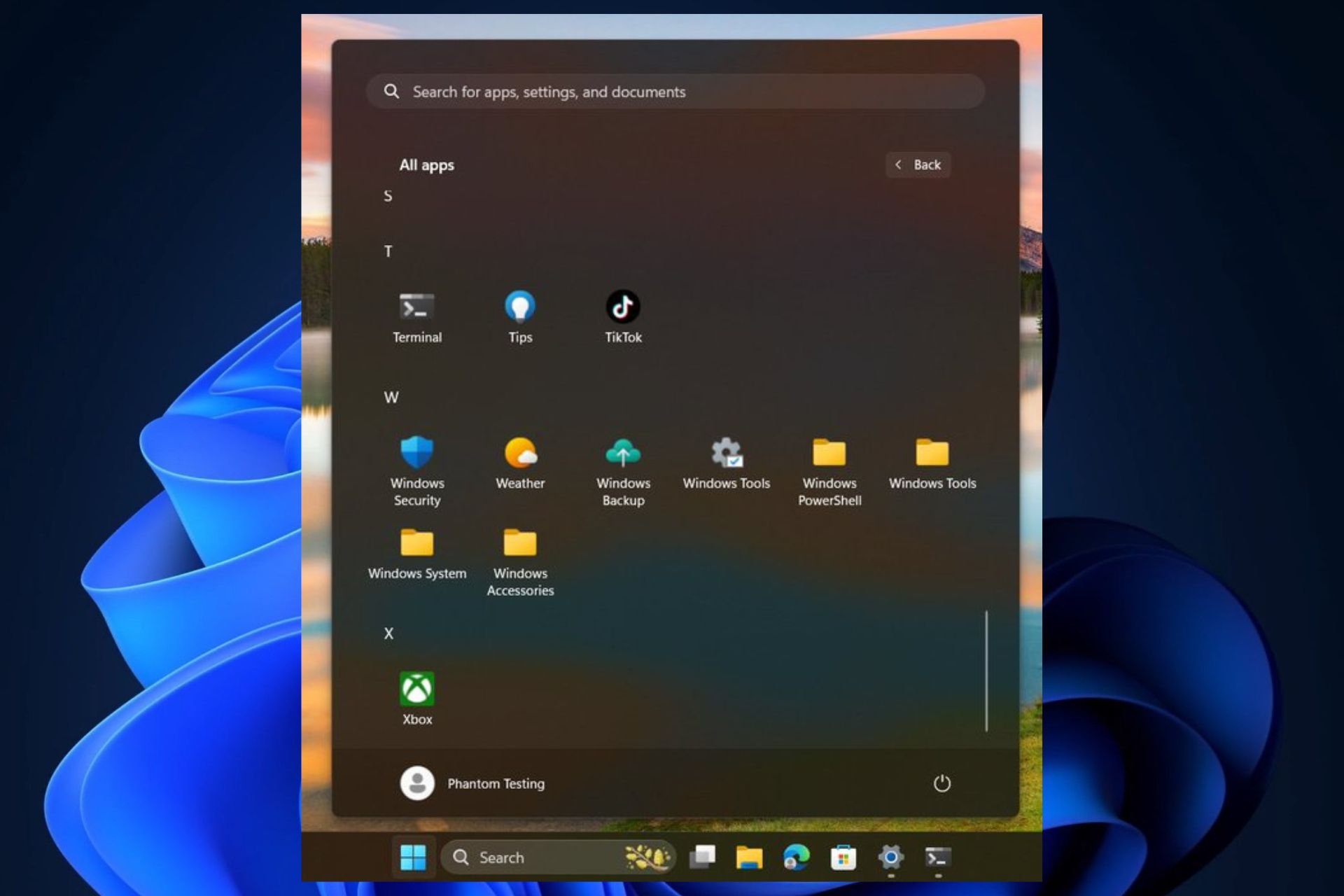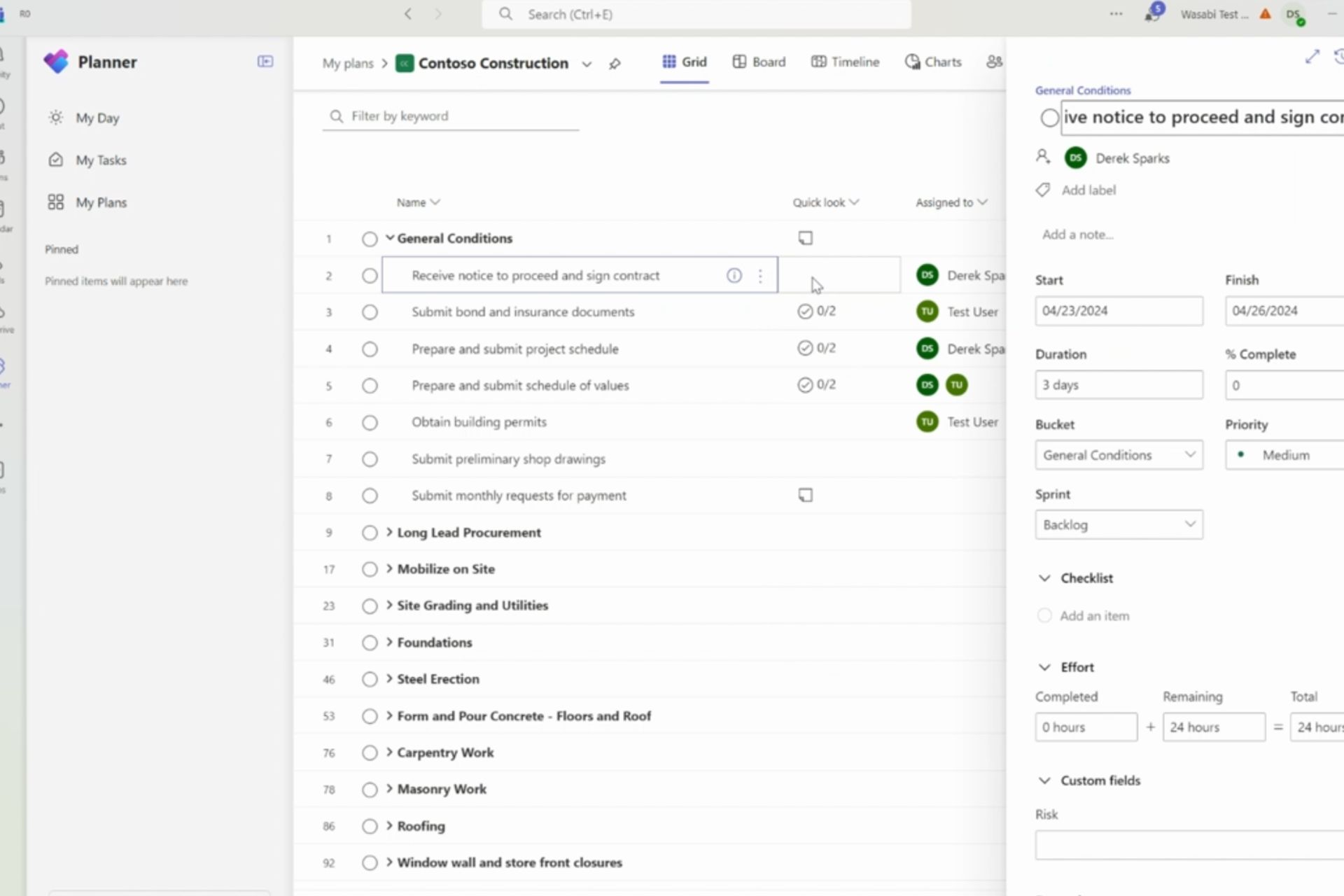US Air Force expects to complete Windows 10 migration by early 2018
3 min. read
Published on
Read our disclosure page to find out how can you help Windows Report sustain the editorial team Read more

The United States Airforce has decided to upgrade all of their systems to Microsoft’s Windows 10 operating system by January 31st 2018, a year after the Department of Defense (DOD) is expected to complete their upgrade (on January 31st 2017).
This upgrade will not just involve basic software updates but will also require the replacement of hardware as well with Air Force personnel being instructed to only purchase new devices through AFWay (the Air Force’s IT purchasing department) and to refrain from buying new desktop PCs.
“In many cases, users will receive replacement mobile computers with Windows 10 preloaded, while remaining users will have their existing computers upgraded to the new operating system,” a report in FedTech Magazine reveals.
In addition to the basic Windows 10 upgrade, all DOD components will incorporate the Windows 10 “Secure Host Baseline” which includes additional preconfigured secure applications for extra security.
An official statement explains the importance of the comprehensive upgrade. “The standard desktop configuration provides a single standard, enterprise-wide managed environment across the Air Force Network. New security features in Windows 10 will allow the Air Force and DOD to install software patches faster and counter a major cyber-intrusion technique called ‘pass the hash,’” it says. “Using this technique, attackers may access remote servers by using a stored hash, or a one-way transformation, of a user’s password rather than the standard plain text password. The new operating system also will increase accountability and transparency across DOD networks, allowing cyber defenders to better detect malicious activity.”
Windows 10 has long been touted as having a vastly improved security over previous Microsoft operating systems and the company has been actively promoting its importance during the year since its launch. Back in June, Microsoft’s director of program management at Windows enterprise and security, Rob Lefferts, specifically mentioned Windows 10’s hardware based isolation with Virtualization Based Security (VBS) as being one of the more compelling parts of the added security and stated that, “With Windows 10, this secure execution environment powered some of our most impactful security features, including Virtual TPM, Device Guard and Credential Guard. Credential Guard has proven so impactful that customers have told us that it’s their top-priority security feature and a benefit that is so compelling that it justifies the Windows 10 deployment all by itself.”
Has the added security offered in Windows 10 motivated you to upgrade or is it something you don’t really think about? Let us know in the comments below.








